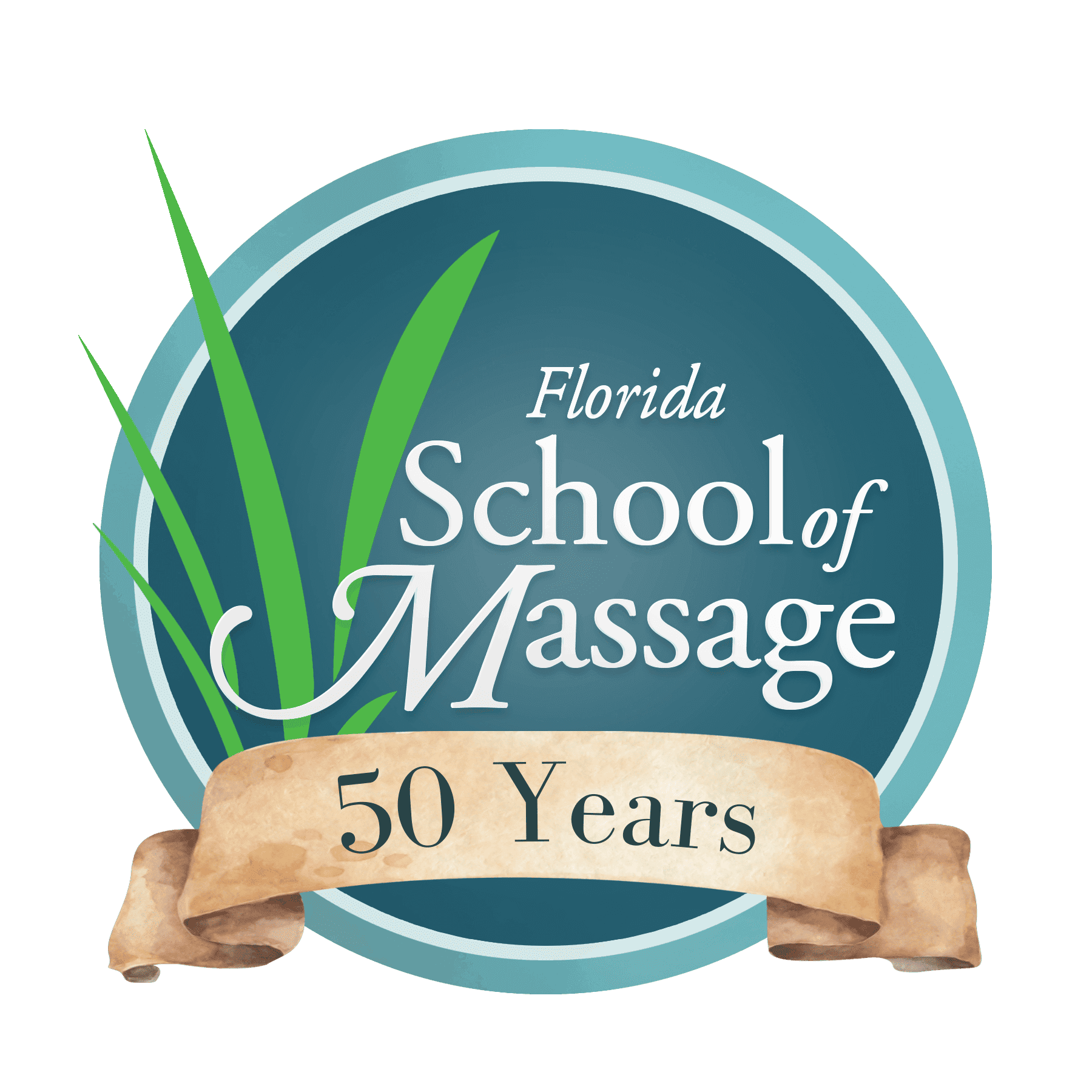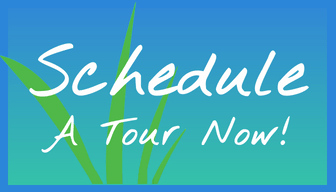By Frank Merillat
I was recently asked a question by a fellow therapist whether they should take their in-person, relevant to massage CE class online or in person with a live instructor. As you probably know that since COVID, the board of massage has allowed us to take our 12–18-hour live CE credits online, his has been continued for this current renewal period. I think where to take these CEs is a very relevant question that involves a serious look.
As a licensed LMT since 1994 and having taught at the Florida School of Massage for over 30 years, and as a therapist who believes in being current and dedicated to health care, the answer is clear. While it can be less expensive, more convenient and easier to take a class online and in the comfort of my own home, it is not the same as in person with a live instructor and real bodies to touch.
We are “touch therapists”, we place our hands on our clients to feel the tissue. This contact with the tissue allows us to experience differences, often subtle, that occur. This feeling tissue allows us to evaluate differences and offer a possible change in feeling. Healthy tissue is fluid and pliable, it moves easily and flows through the body. Whenever I note differences such as density, congestion, ropiness, stickiness, discomfort and the like, I know that something is affecting the tissue I am working. This requires my hands on the person I am working with, we palpate tissue to feel what is going on.
This palpation is a communication between therapist and client, we share feeling states and thus we communicate through our touch. Whenever we are working with someone, we are communication through touch. It is a process from the therapist’s mind (intent and offering of feeling possibility) to the client’s tissue to the client’s mind (what they notice and feel) and then back to their tissue (possible response to the touch) to the therapist’s hands and then mind (evaluation for response and change).
This is an ongoing process throughout the session. The work we do is about the sharing of feeling. The ability to share feeling through touch requires actual ability to touch. This requires interaction with a live person and thus the ability to receive in the moment feedback around the quality and effectiveness of the touch.
Often missing in online courses is the ability to observe closely what the instructor is offering in the way of technique which is often subtle and not easily observed. When I demonstrate in class, I have the ability to interact with both the client and the therapists who are observing the work. Most live classes offer small groups where it is possible to field questions and involve the client to receive in the moment response to what they are experiencing in the demonstration. This is hard to do while observing through a monitor, and I know from my own experience with online instruction that I often limit my questions and thoughts, so I do not interfere with the flow of class.
One of the most important aspects of the live, in person environment is to actually feel and receive feedback from my client and instructor as I practice what has been presented. Having a live body allows me to feel what is taking place either as receiver or giver. It also gives me the opportunity to interact directly with the instructor to assess whether I am offering what was presented. As a receiver I can feel the effect of experienced hands and as giver and can ask for guidance while I am sharing what I am learning with my client. I also feel directly the possibilities offered as receiver. This gives me insight to what my client might be experiencing. I can also take advantage of the experience of my classmates.
Most classes offer an opportunity to share what was experienced by the participants in each segment presented, this can be helpful as each of us has a unique experience of both giving and receiving the work. I know how much I appreciate the sharing about our experience as part of my learning process. The sharing of experience is not as available in the online format.
Finally, the opportunity to be in class with an experienced instructor is important. Hearing them explain their approach, experiencing their presence, watching them demonstrate, being able to ask direct questions both during presentation and while at the tables to me is essential to my learning. This is just more available in the live, in the room format.
In summation while online class is often convenient and less expensive, it is not the same as being there in person. When I attend or offer a live, hands-on class there are elements that make the live class more useful as it translates to my treatment room. One thing I have learned through this work is “you have to feel it in order to reproduce it”, there is no replacement for feeling the work both as giver and receiver and the sharing of the group experience. This is the great benefit of being in the room with the instructor and fellow therapists.
Frank has been an instructor at the Florida School of Massage since 1995. He has taught Kinesiology, Neuromuscular Therapy, Boundaries and Ethics as well as other individual massage classes. He is an approved Florida CE provider. He will be offering Getting Specific with the Neck and Shoulder July 12-13, and Dancing with the Breath August 9-10, both offer live, in person and relevant to massage approved Florida CE credits. You can also find other approved live courses on the FSM website under workshops. Hope you enjoy your renewal process.



